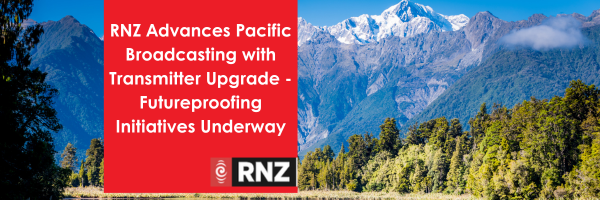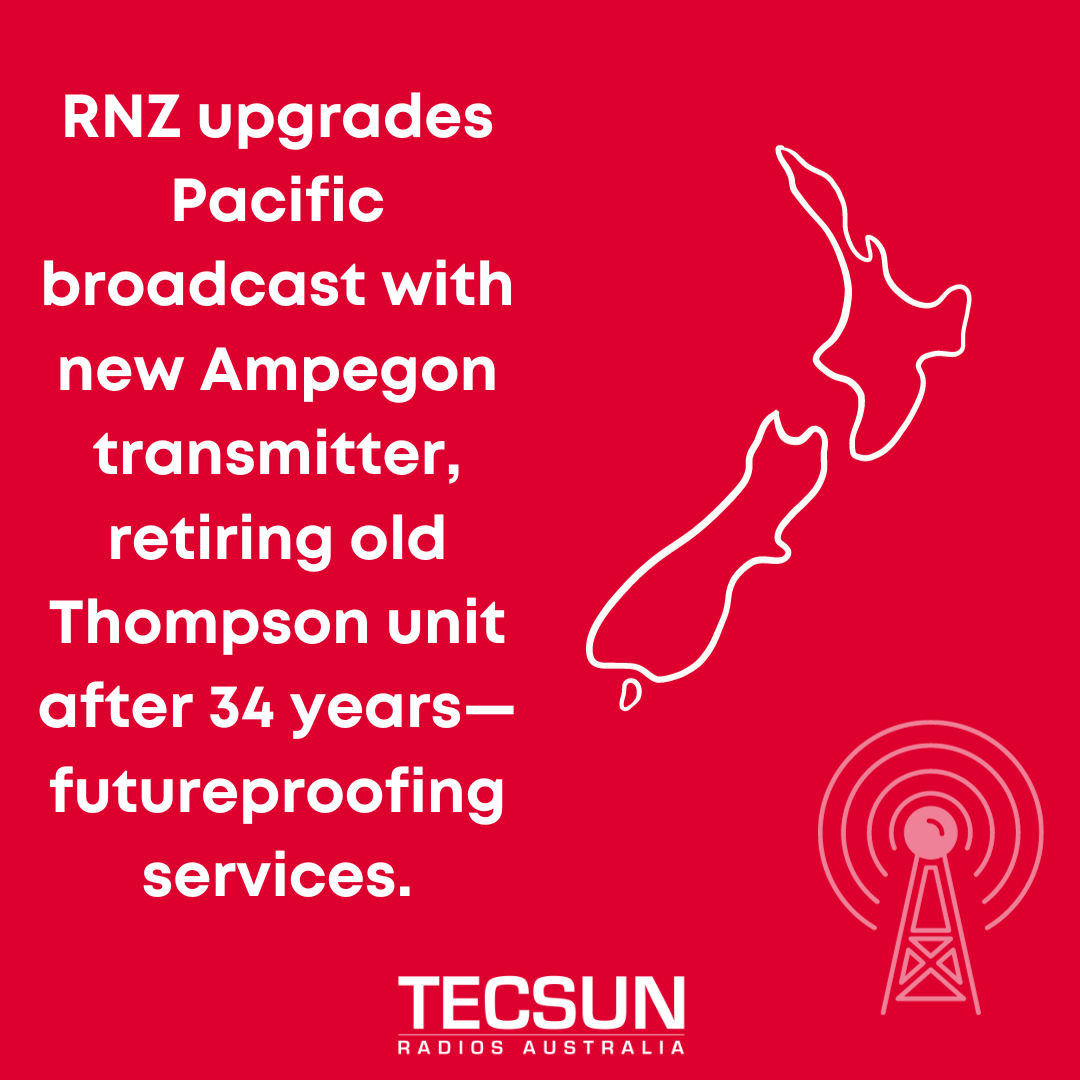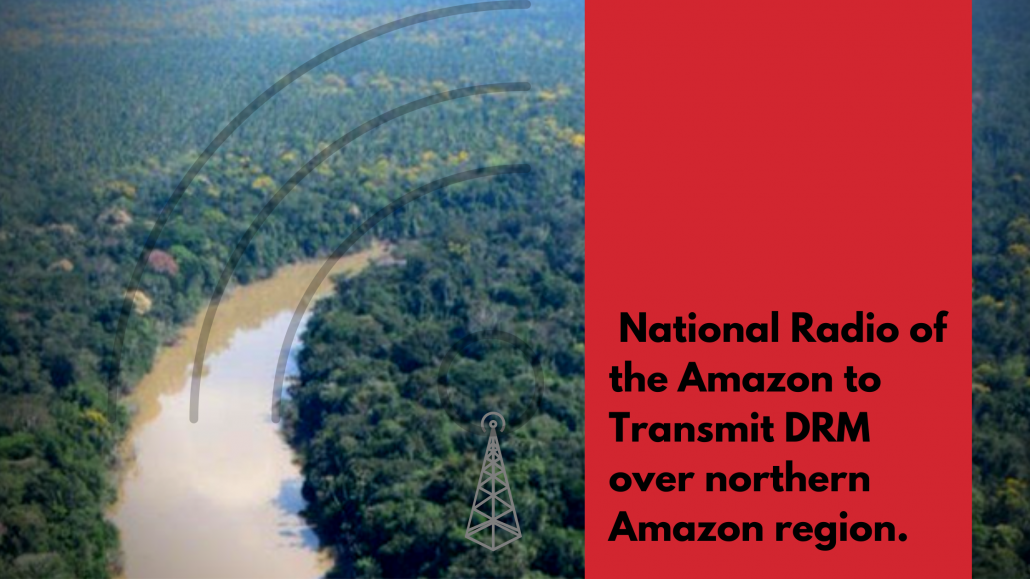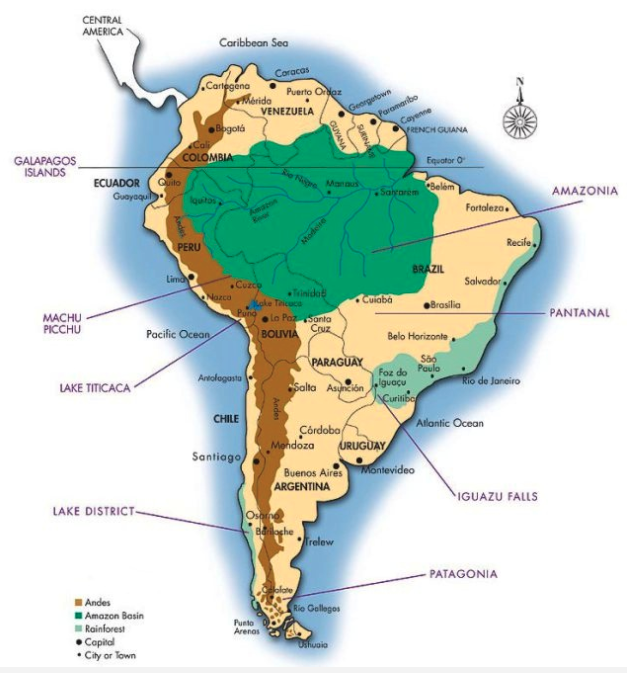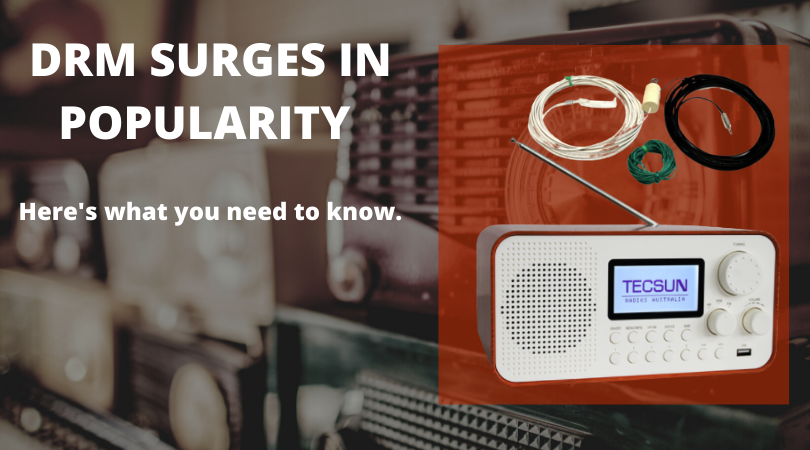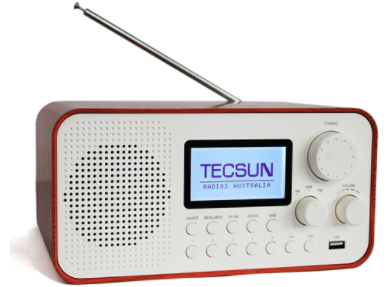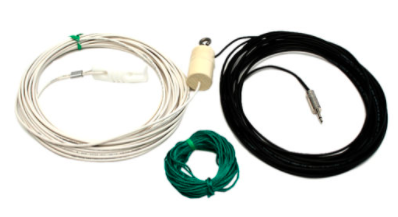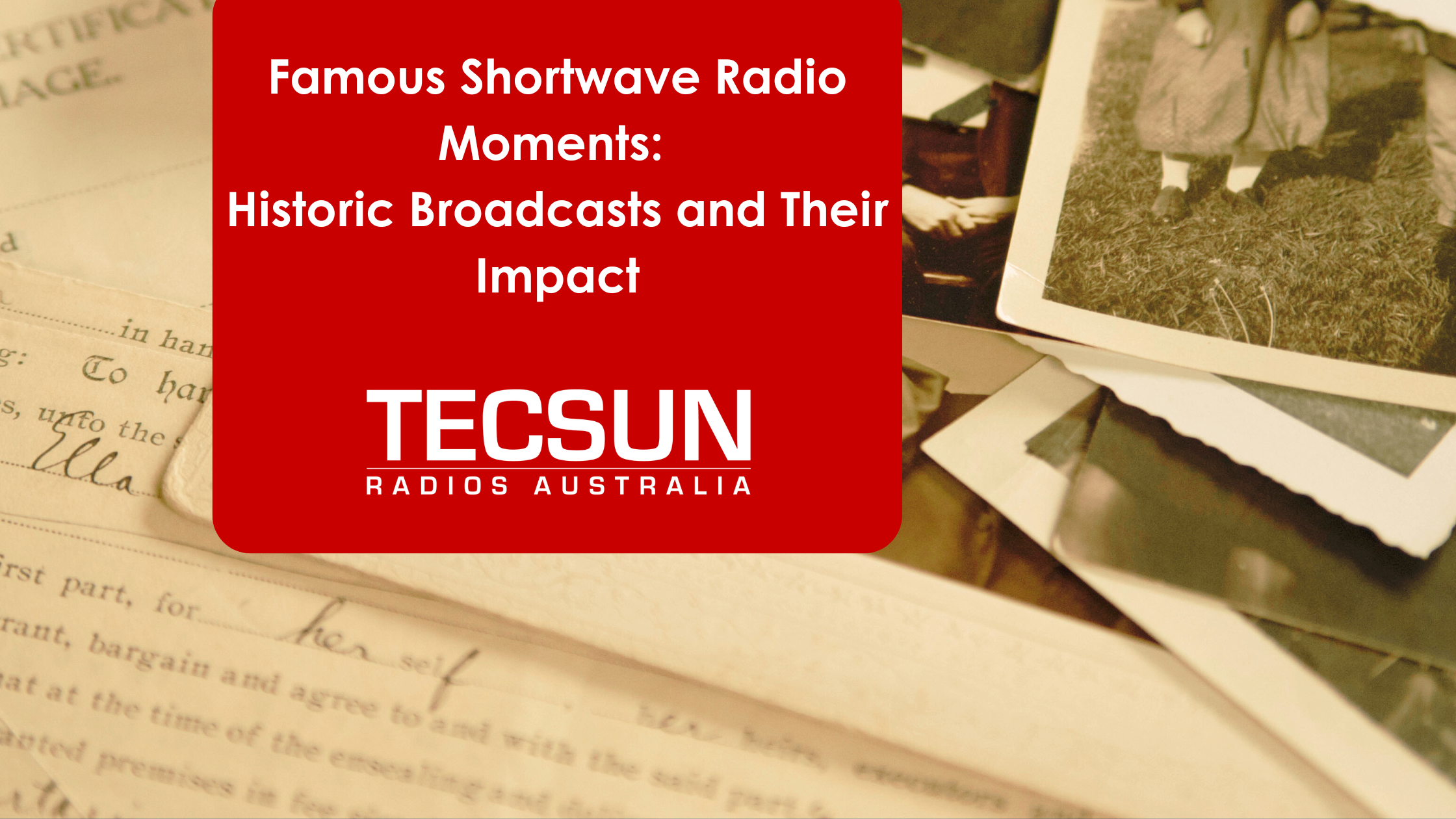
Hello, fellow shortwave enthusiasts! Here at Tecsun Radios Australia, we love diving into the rich and fascinating history of shortwave radio. It’s incredible how these broadcasts have played pivotal roles in global events. Let’s take a trip down memory lane and revisit some famous shortwave moments that changed the world—and maybe share a chuckle or two along the way.
The Fall of Singapore (1942) During World War II, British-controlled Radio Singapore broadcast the news of Singapore’s fall to Japanese forces in February 1942. This transmission marked a turning point in the war and had everyone clutching their radios in shock. It was a wake-up call to the vulnerabilities of the Allied forces and changed the global perception of the war’s progression. Talk about a plot twist!
D-Day Invasion (1944) June 6, 1944, saw one of the most critical operations of World War II—the D-Day invasion. Shortwave radios around the world buzzed with updates from the beaches of Normandy. These broadcasts didn’t just relay news; they were morale boosters, cheering on the Allied forces as they began the endgame against Nazi Germany. Imagine the tension and excitement—like tuning in for the finale of a gripping series!
The Cuban Missile Crisis (1962) The Cuban Missile Crisis was a nail-biter, and shortwave radio was the suspenseful soundtrack. With Radio Moscow and Voice of America at the helm, updates and propaganda flew across the airwaves. These broadcasts informed and influenced global public opinion during one of the Cold War’s most intense standoffs. It was like a high-stakes poker game, and everyone had their ears glued to the radio.
Apollo 11 Moon Landing (1969) “That’s one small step for man, one giant leap for mankind.” Who could forget the thrilling moment when Neil Armstrong set foot on the moon? Shortwave radios were the portals to this historic achievement, uniting millions in awe and excitement. It was a moment of pure, unadulterated wonder—like discovering your favourite radio station’s signal is crystal clear on a foggy night.
Fall of the Berlin Wall (1989) The fall of the Berlin Wall was a joyous occasion that symbolised the end of the Cold War. Shortwave stations like Radio Free Europe played a vital role in broadcasting the news, and you could almost hear the collective cheer through the airwaves. It was a celebration of freedom and unity, a moment that made everyone feel like dancing to the sweet sound of liberty.
Tiananmen Square Protests (1989) During the Tiananmen Square protests, shortwave radio was a lifeline of uncensored information. Stations like Voice of America and BBC World Service provided coverage that the Chinese government tried to suppress. These broadcasts were crucial in informing the international community about the pro-democracy protests and the subsequent crackdown. It was a brave stand for truth, echoing through the static.
September 11 Attacks (2001) The September 11 terrorist attacks were a heart-wrenching moment in modern history. Shortwave radios played a critical role in providing immediate news coverage to people worldwide. Stations like Voice of America broadcast real-time updates, offering a global perspective on the events and their aftermath. In times of crisis, shortwave radio proves to be an invaluable companion.
The Impact of Historic Shortwave Broadcasts
These historic broadcasts demonstrate the power of shortwave radio in shaping global events and public perception. Shortwave radio has served as a lifeline in times of war, a beacon of hope in moments of despair, and a bridge for communication across borders.
Educational and Cultural Exchange Shortwave radio has facilitated educational and cultural exchanges by broadcasting programs that promote understanding and cooperation among different cultures. Stations like the BBC World Service and Radio Netherlands Worldwide have contributed to global education and cultural enrichment.
Advocacy and Human Rights In countries with restricted media, shortwave radio has been a critical tool for advocating human rights and democracy. By providing uncensored news and information, shortwave broadcasts have supported movements for freedom and justice worldwide.
Emergency Communication In times of natural disasters and emergencies, shortwave radio has proven indispensable. Its ability to reach remote areas and provide reliable communication makes it a vital tool for disaster response and recovery.
The legacy of shortwave radio is marked by its ability to transcend borders, connect people, and document history as it unfolds. From wartime broadcasts to moments of scientific achievement and social change, shortwave radio has played an integral role in shaping our world. As we look to the future, the enduring impact of these historic broadcasts reminds us of the power of radio waves to inform, inspire, and unite humanity.
So, the next time you tune into your Tecsun radio, remember—you’re not just listening; you’re part of a grand tradition that’s been making waves for decades. Happy listening!





